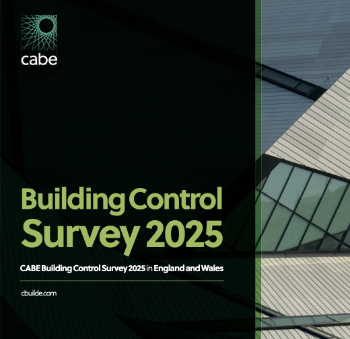Technology and collaboration: Improving the construction supply chain
The construction industry has always operated on tight margins and strict deadlines. Delays, remodelling or setbacks can easily lead to crippling budget overruns. In an uncertain economic environment these challenges are more acute than ever. At such times, it is important that businesses maximise efficiency, reduce waste and ensure that projects are kept on schedule. One way this can be done is by embracing technology.
The Internet has created a technological revolution in the construction industry. Computer Aided Design (CAD) is now widely used, allowing construction to begin before the design is finished and potential errors to be recognised and solved before they become problems. Enterprise Resource Planning solutions (ERP) aid in managing complex areas such as customer interactions, advanced catalogue management, stock control and mobile working, bringing together every business department.
With access to GPS and drones, construction companies can survey and map out hard to reach areas. From Building Information Modelling (BIM) generating 3D representations of a building and combining it with a construction schedule, to smartphone apps which can measure stockpiles simply by pointing the phone at the pile and walking around it, the Internet and its constituent parts have irrevocably altered the face of the construction industry.
One innovative company using the Internet and its technological capabilities to smooth the construction process is TenderSpace (https://www.thetenderspace.com). The company provides a host of resources to aid a construction process. Contractors can analyse build costs, search for reliable contractors and source products and supplies. One particularly vital tool is the ability to check the credit rating of potential partners and moreover receive alerts if there is a significant change in the financial viability of an organisation. At a time when research indicates that upwards of 40,000 construction companies operate in a state of “financial distress” this is clearly important to know.
A further aspect that is particularly important with larger projects is that of the supply chain. This is something that the horrific blaze in Grenfell Tower brought into stark contrast, with concern expressed in some quarters that the complexity of the supply chain might have led to lack of oversight. Such complex supply chains might well be somewhat inevitable, particularly in big infrastructure projects which require varied specialisms. But by using technology, they need not in themselves be problematic. The revolution in ICT means that project managers are better able now than ever before to keep abreast of the myriad links in such a chain. One such example is the project hub provided by TenderSpace, which provides a one-stop-shop for a project manager’s needs. Here one can manage all aspects of a project from bids and tendering, through due diligence, to workflow management and collaboration.
These are undoubtedly challenging times for the construction industry, as indeed they are for many sectors. But while individual companies can do little about the macro economic environment, they can examine their own processes and procedures to maximise opportunities while ensuring best value to clients and customers. Embracing technological innovation will augment their ability to this. Whether it be analysing costs, running credit checks on prospective partners or keeping track of the supply chain, technological advancements can help companies to meet the demands that the current economic environment presents them.
Featured articles and news
New President of ECA announced
Ruth Devine MBE becomes the 112th President of the Electrical Contractors Association.
New CIAT Professional Standards Competency Framework
Supercedes the 2019 Professional Standards Framework from 1 May 2025.
Difficult Sites: Architecture Against the Odds
Free exhibition at the RIBA Architecture Gallery until 31 May.
PPN 021: Payment Spot Checks in Public Sub-Contracts
Published following consultation and influence from ECA.
Designing Buildings reaches 20,000 articles
We take a look back at some of the stranger contributions.
Lessons learned from other industries.
The Buildings of the Malting Industry. Book review.
Conserving places with climate resilience in mind.
Combating burnout.
The 5 elements of seiri, seiton, seiso, seiketsu and shitsuke.
Shading for housing, a design guide
A look back at embedding a new culture of shading.
The Architectural Technology Awards
The AT Awards 2025 are open for entries!
ECA Blueprint for Electrification
The 'mosaic of interconnected challenges' and how to deliver the UK’s Transition to Clean Power.
Grenfell Tower Principal Contractor Award notice
Tower repair and maintenance contractor announced as demolition contractor.
Passivhaus social homes benefit from heat pump service
Sixteen new homes designed and built to achieve Passivhaus constructed in Dumfries & Galloway.
CABE Publishes Results of 2025 Building Control Survey
Concern over lack of understanding of how roles have changed since the introduction of the BSA 2022.






















